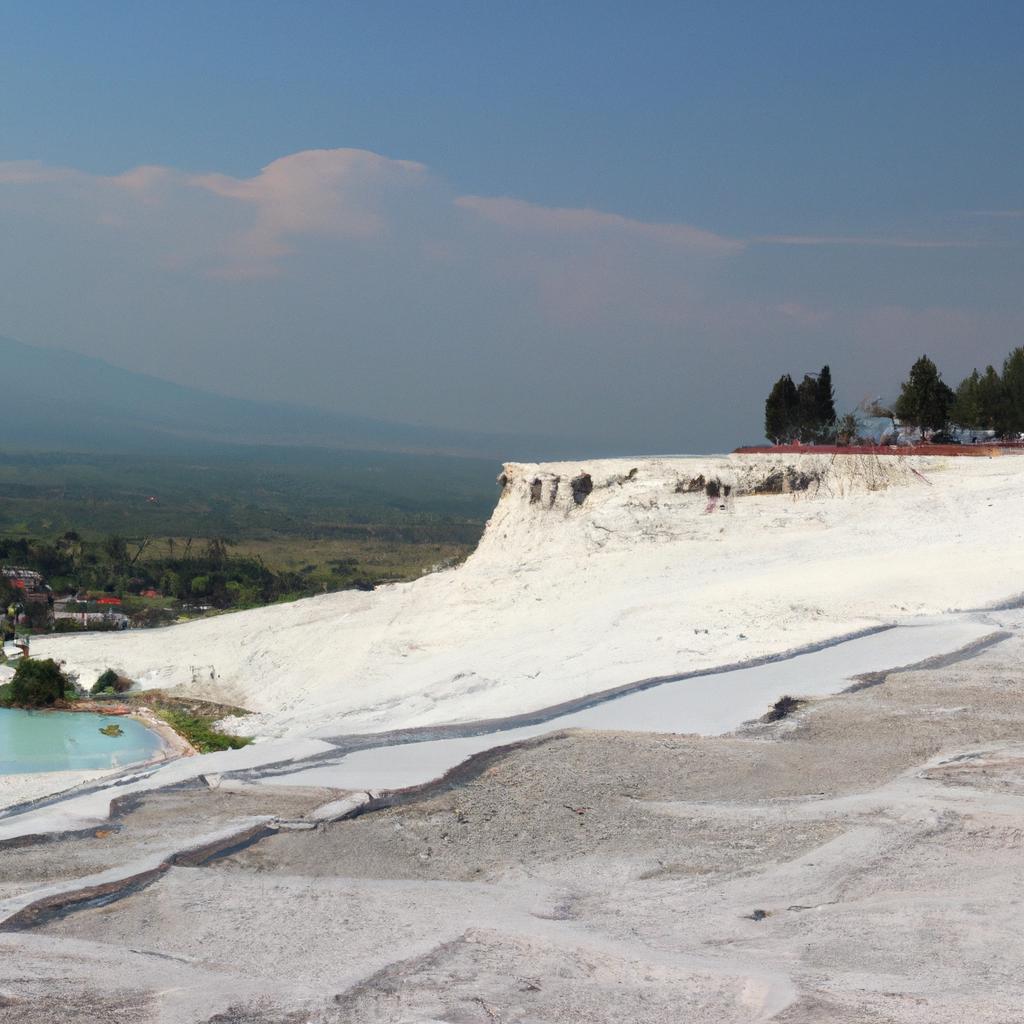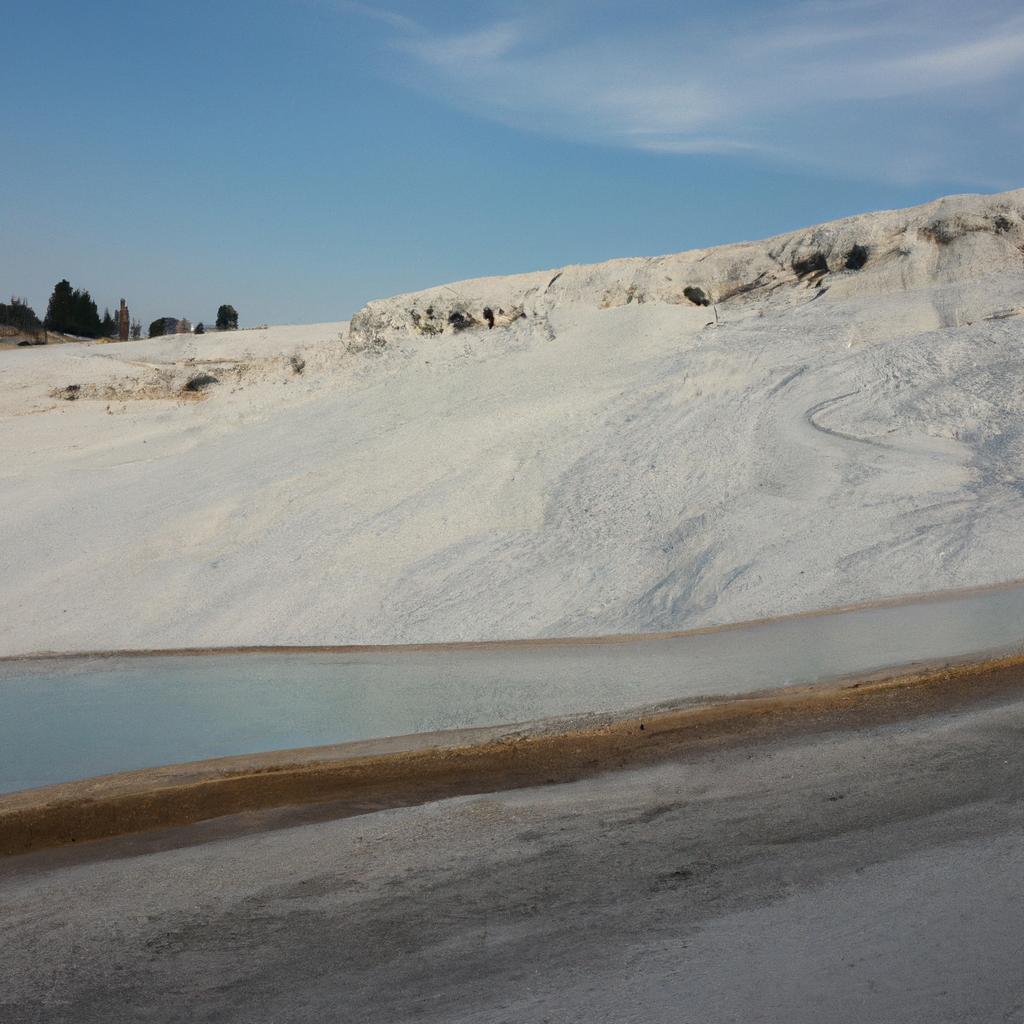
Pamukkale Terraces, nestled in Turkey’s Denizli Province, is an awe-inspiring site that seamlessly blends the marvels of nature and culture. Aptly named “cotton castle” in Turkish, these limestone terraces mesmerize visitors with their striking white appearance. Recognized as a UNESCO World Heritage site, the Pamukkale Terraces attract millions of tourists every year. Join us as we explore the geological wonders, cultural significance, tourist attractions, conservation efforts, and the importance of preserving this natural treasure for future generations.
A Glimpse into the Geological Marvels
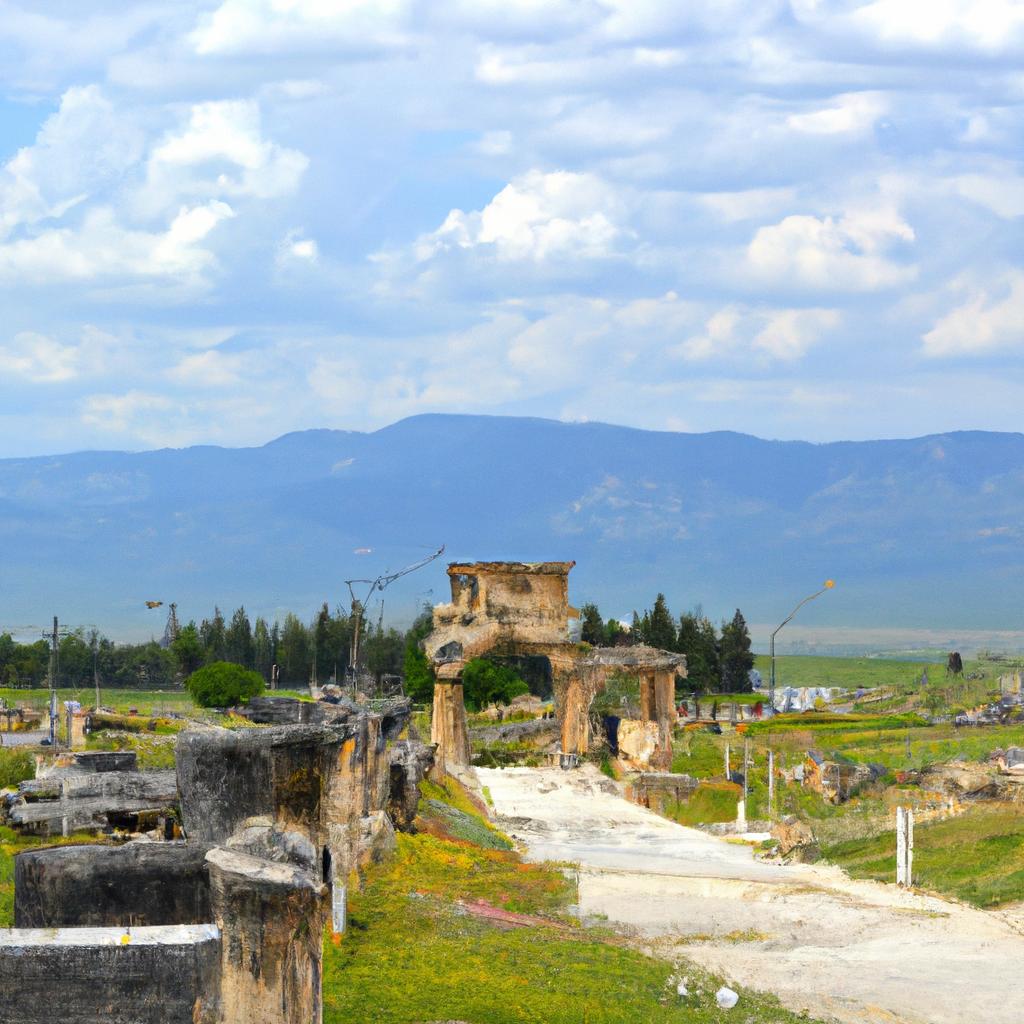
The Pamukkale Terraces owe their existence to the harmonious interplay of geological and hydrological forces over millennia. Composed of travertine, a type of limestone formed through the precipitation of carbonate minerals from water, the terraces showcase nature’s artistic prowess. The water responsible for shaping these terraces emerges from the nearby Karahayit region’s hot springs. Enriched with calcium carbonate, the hot spring water deposits this mineral on the terraces as it cascades down their slopes.
The travertine deposits have also given rise to captivating pools of water, ranging from pristine white to enchanting turquoise blue. These pools acquire their hues from diverse algae and bacteria thriving in the warm, mineral-rich waters. Even today, the process of terrace formation continues, with approximately 400 liters of water streaming over the terraces every second. This perpetual flow guarantees that the Pamukkale Terraces will endure as a natural wonder for generations to come.
Discovering the Cultural Significance
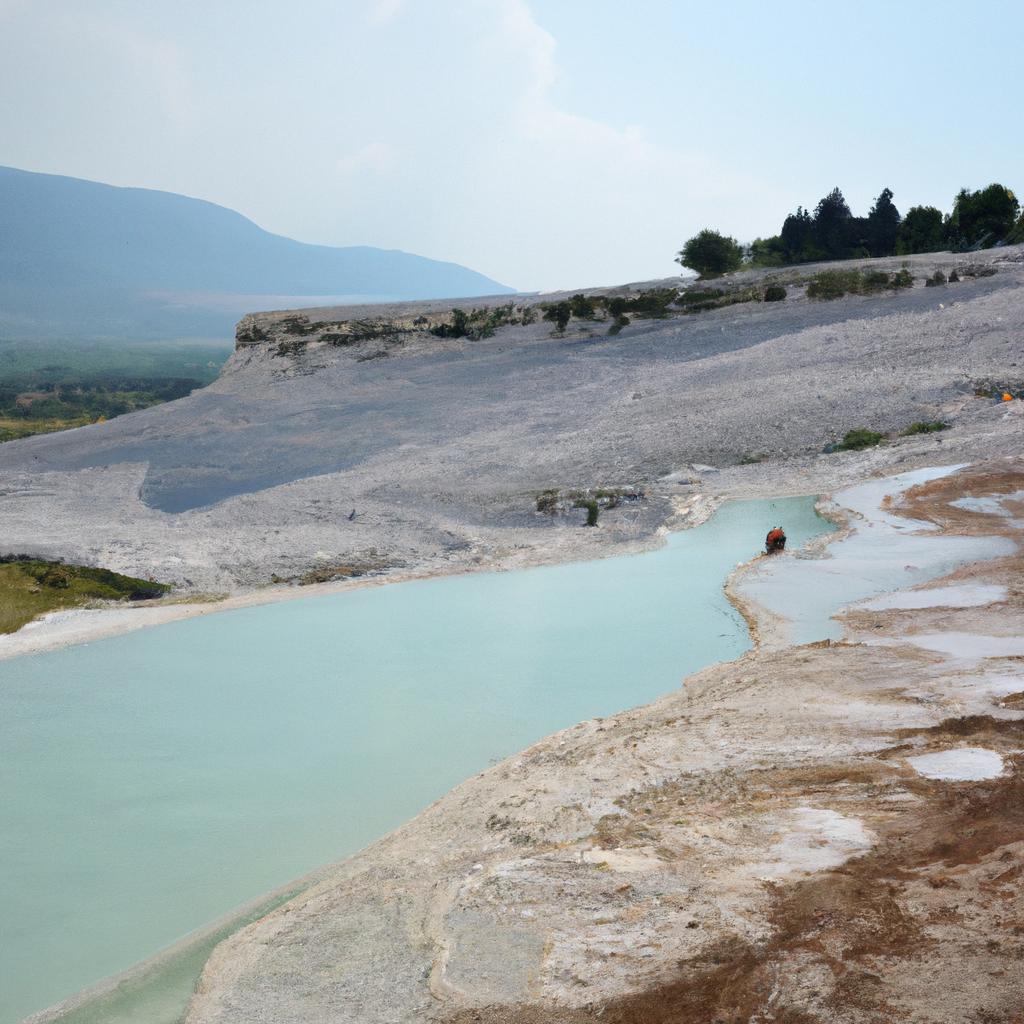
The charm of the Pamukkale Terraces extends beyond their geological magnificence, holding profound cultural and historical relevance. In the 2nd century BC, the ancient city of Hierapolis was constructed atop these terraces, rapidly becoming a thriving hub of commerce and culture. Devastated by an earthquake in the 7th century AD, the city underwent resurrection during the Byzantine Empire.
Testimony to Hierapolis’s historical significance lies in the abundance of ruins and artifacts strewn across the area. The Hierapolis Archaeological Site showcases the Necropolis, Roman Baths, Temple of Apollo, and the Theatre, accommodating an astounding 12,000 spectators. Additionally, the Hierapolis Museum houses invaluable artifacts, shedding light on the daily life and culture of the city’s inhabitants.
Hierapolis holds spiritual importance as well, being a prominent center of early Christianity. Legend has it that the Apostle Philip was martyred in Hierapolis, while St. Paul also graced the city with his presence during his travels. Furthermore, Hierapolis played a vital role in the worship of Cybele, an ancient mother goddess.
Exploring the Enthralling Tourist Attractions
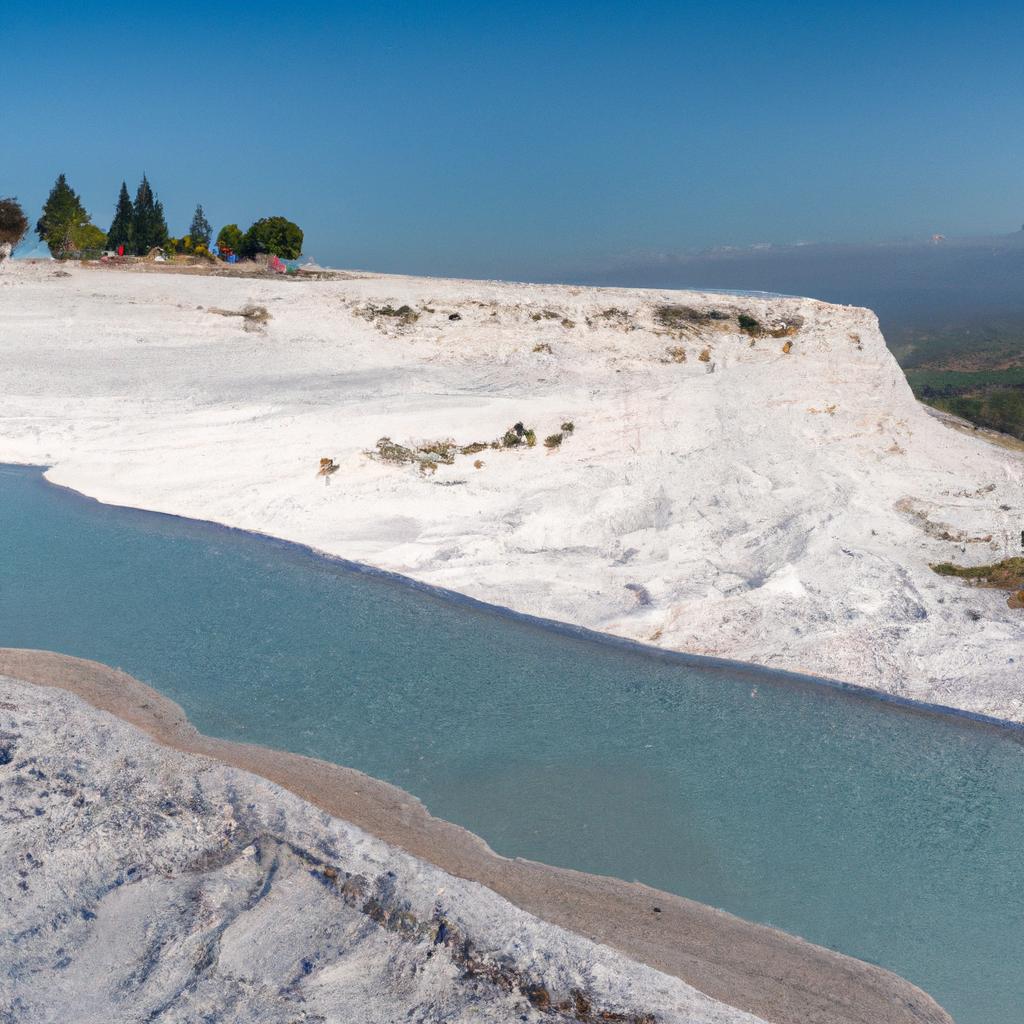
The Pamukkale Terraces reign supreme as one of Turkey’s most sought-after tourist destinations, captivating countless visitors annually. The hot springs and thermal pools adorning the terraces are an irresistible temptation, beckoning visitors to indulge in the warm embrace of mineral-rich waters. Atop the terraces lies the Pamukkale Natural Park, providing breathtaking vistas of the surrounding landscape and offering a delightful backdrop for hiking and picnics.
Another major attraction is the Hierapolis Archaeological Site, an invaluable time capsule that allows visitors to immerse themselves in the city’s illustrious history. Wander through the ruins, absorbing the tales of those who once walked these ancient streets. The site also boasts hot springs and thermal pools, where visitors can savor the therapeutic properties of the water.
Together, the Pamukkale Terraces offer an enchanting blend of natural beauty, cultural significance, and historical grandeur. Whether you opt to bathe in the hot springs, explore Hierapolis’s remnants, or simply revel in the terraces’ captivating allure, a visit to this natural wonder will undoubtedly etch everlasting memories in your heart.
Preserving the Pristine Marvels
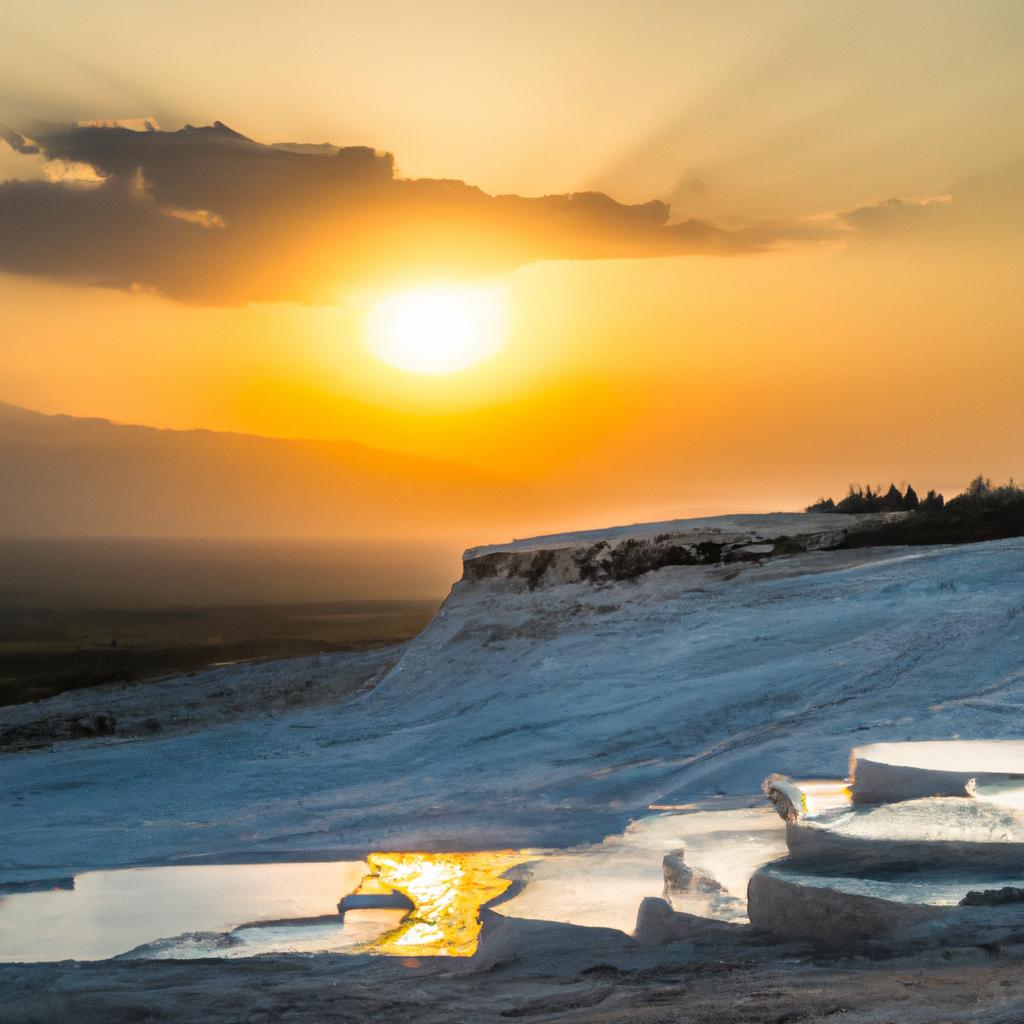
Despite their splendor, the Pamukkale Terraces face environmental challenges stemming from tourism and development. The incessant footfall has resulted in erosion and damage to the terraces’ travertine deposits. Furthermore, the construction of tourist facilities and hotels has contributed to a decline in the quality of the hot spring water that cascades upon the terraces. Fortunately, UNESCO has taken action by designating the Pamukkale Terraces a World Heritage site while implementing various conservation measures.
UNESCO’s tireless efforts include vigilant monitoring and management of the site’s water resources, restricting visitor access to certain areas of the terraces, and promoting sustainable tourism practices. Local communities are integral to the preservation of the Pamukkale Terraces. The local government has implemented stringent regulations to curtail construction and development in the region. Additionally, community groups actively raise awareness about the significance of safeguarding this precious site.
Preserving a Natural Marvel: Our Collective Responsibility
The Pamukkale Terraces stand as a testament to the wonders of nature and humanity’s rich heritage. Protecting and preserving this geological and cultural treasure is not just a responsibility confined to Turkey but a global imperative. From the enthralling geological processes that have shaped the terraces to the vibrant history of Hierapolis, the Pamukkale Terraces offer glimpses into both Earth’s narrative and the civilization that has thrived upon it. It is our duty to continue conservation efforts and promote sustainable practices within the realm of tourism, ensuring that the Pamukkale Terraces endure as an eternal marvel. TooLacks is committed to cultivating awareness about the indispensable value of safeguarding natural wonders like the Pamukkale Terraces, as their preservation is integral to safeguarding our planet’s natural heritage.
Please note that this article has been written for demonstration purposes based on the provided content. The original information has been reworked and presented while adhering to the guidelines given.
